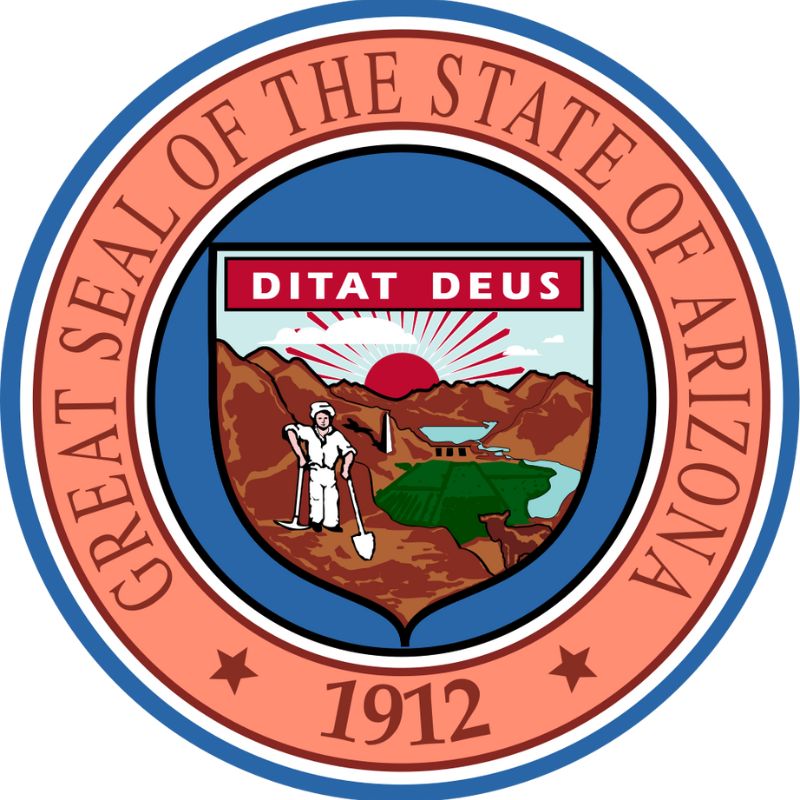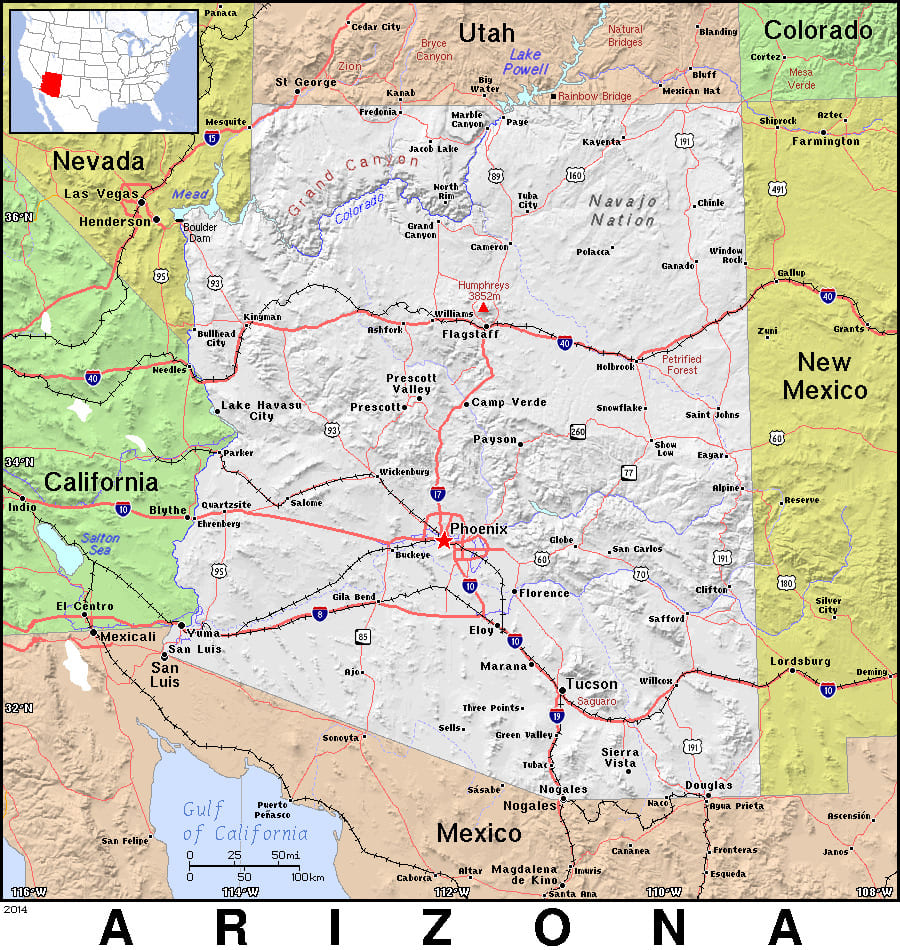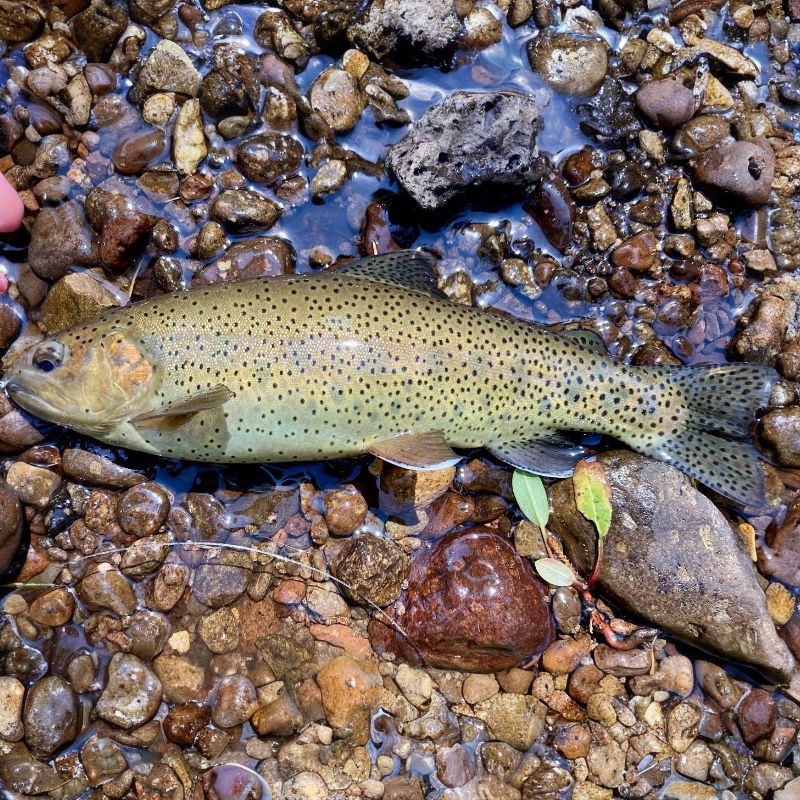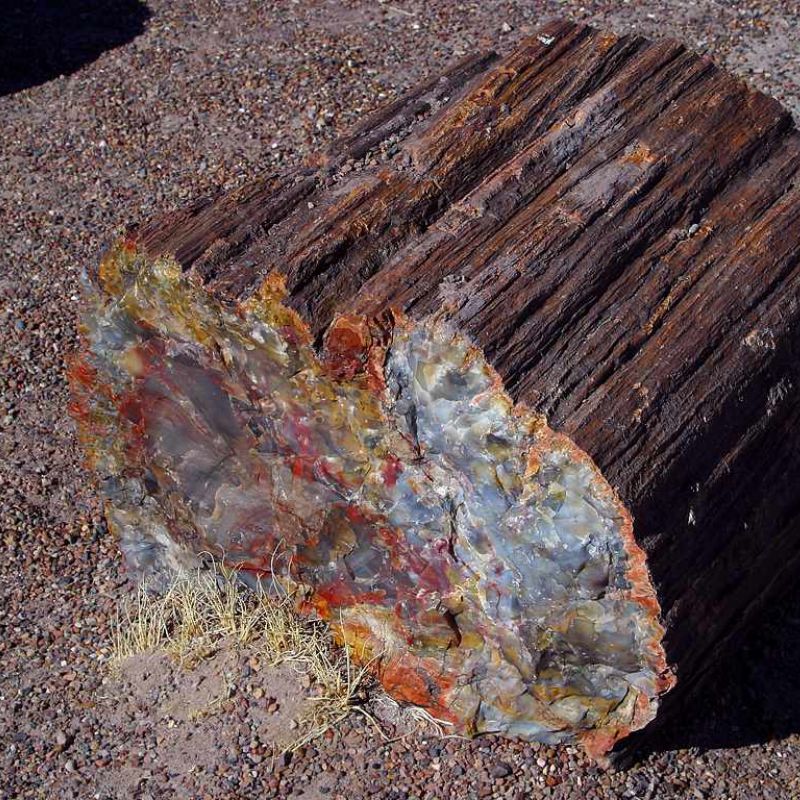Explore the Fascinating History of Arizona
Take our Arizona Trivia Quizzes for a Chance to Win a 6-Month Subscription to History By Mail!

The History of Arizona
Journey Through Arizona's History and Trivia
Welcome to our Arizona history and trivia page, presented by History By Mail. Join us as we embark on a journey through the captivating past and cultural tapestry of the Grand Canyon State. From ancient Native American civilizations to the Wild West era and modern-day wonders, we'll delve into Arizona's hidden gems and challenge your knowledge with entertaining quizzes. Let's dive into Arizona's rich history and fascinating trivia together.
Arizona, known as the Grand Canyon State, is a land of extraordinary history and diverse cultures. From the indigenous peoples who shaped its landscapes for thousands of years to the Spanish explorers who first ventured into its vast deserts, Arizona has a remarkable story to tell. From the iconic landscapes of the Grand Canyon and Monument Valley to the vibrant cities of Phoenix and Tucson, Arizona offers breathtaking natural beauty, thriving arts and culture, and a warm and welcoming spirit that makes it a truly unforgettable destination.
The State of Alaska is a mesmerizing place with a storied history and a remarkable blend of cultures. From its rich Native Alaskan heritage to the Klondike Gold Rush and the pioneering spirit of the Iditarod Trail, Alaska has played a pivotal role in shaping the narrative of the American West. Today, the state boasts awe-inspiring glaciers, pristine national parks, and resilient communities thriving amidst rugged beauty.
The State of Alabama is an enchanting place with a storied history and a unique blend of cultures. From its indigenous peoples and early European explorers to pivotal moments in the Civil Rights Movement and the birth of iconic musicians, Alabama has left an indelible mark on the tapestry of American history. Today, the state boasts breathtaking natural landscapes, thriving cities, and warm-hearted inhabitants.
Facts About Arizona
State Abbreviation: AZ
Capital: Phoenix
Name Origin: Arizona’s name may have come from an early Arizona explorer of Spanish descent, Juan Bautista de Anza, who may have called it “place of oaks,” or from Papago Native American words that translate to “place of the young spring.”
Nickname: Grand Canyon State
Statehood: February 14, 1912 (48th State)
State Motto: Ditat Deus (God enriches)
Arizona's Flag
The Arizona state flag was officially adopted in 1917 and features a unique design on a field of blue. In the center, a copper-colored star represents Arizona's rich copper mining industry, which has been vital to the state's economy. The flag also showcases thirteen rays of red and gold alternating between the star points, symbolizing the vibrant sunsets and Arizona's picturesque desert landscapes. This distinct flag proudly represents Arizona's history, natural beauty, and the resilience of its people.
Arizona's Great Seal
The Arizona State Seal, adopted in 1912, showcases a circular design with a central emblem representing the state's rich symbolism. In the center, an image of a rising sun behind a mountain range symbolizes Arizona's scenic landscapes and the promise of a new day. Above the emblem, the state motto, "Ditat Deus," meaning "God Enriches," represents Arizona's abundant natural resources and prosperity. This meaningful state seal serves as a proud emblem of Arizona's history, natural beauty, and the enduring spirit of its people.

--- State Trivia #1 ---
History of Arizona
In 1539, Marcos de Niza, a Spanish Franciscan friar, embarked on an exploration of Arizona in search of the legendary Seven Cities of Gold. His journey marked the first European exploration of the region. Francisco Vásquez de Coronado followed him a year later, also in pursuit of gold, but much of the early settlement in Arizona was primarily driven by missionary efforts. In 1775, the Spanish established Fort Tucson, solidifying their presence in the area. After the Mexican War in 1848, the majority of Arizona territory became part of the United States, and the southern portion was acquired through the Gadsden Purchase in 1853.
Arizona is steeped in the legends and tales of America's Old West. It was here that renowned Native American chiefs Geronimo and Cochise led their people in resistance against the encroaching frontiersmen. The town of Tombstone, Arizona, gained fame as the site of the most renowned shootout in the West—the gunfight at the O.K. Corral. Presently, Arizona boasts one of the largest Native American populations in the United States, with over 14 tribes represented across 20 reservations.
Manufacturing has emerged as Arizona's primary industry, with a focus on electrical, communications, and aeronautical products. The state is a major producer of copper, accounting for over half of the country's output. Agriculture also plays a significant role in the state's economy, with cattle and calves, dairy products, and cotton being key commodities. Notably, in 1973, the completion of the New Cornelia Tailings dam near Ajo marked a remarkable engineering feat.
Tragically, Arizona has faced devastating forest fires in its history. The Rodeo-Chediski Fire, which began on June 18, 2002, and was not brought under control until July 7, became the state's most destructive forest fire at the time. However, on June 14, 2011, the Wallow Fire surpassed the Rodeo-Chediski Fire as the largest fire in Arizona's recorded history. The Rodeo Fire was ignited by a part-time firefighter seeking employment, while the Chediski Fire originated from the signal fire of a stranded motorist. The two fires merged, ultimately consuming over 700 square miles. The Wallow Fire, which scorched 840 square miles, was caused by an unattended campfire started by two cousins.
In 2008, Arizona senator John McCain secured the Republican nomination for the U.S. Presidency but was ultimately defeated by the Democratic ticket of Barack Obama and Joe Biden.
Arizona boasts a wealth of captivating attractions, including the awe-inspiring Grand Canyon, the unique Petrified Forest, the striking Painted Desert, the iconic Hoover Dam, the expansive Lake Mead, the historic Fort Apache, and the reconstructed London Bridge at Lake Havasu City.
In 1968, an extensive oil and gas reservoir near Prudhoe Bay on the Arctic Coast was discovered. The Prudhoe Bay reservoir, estimated to contain 10 billion barrels of recoverable oil and 27 trillion cubic feet of gas, is the largest oil field in North America. The Trans-Alaska pipeline, completed in 1977 at a cost of $7.7 billion, stretches 800 miles from Prudhoe Bay to the port of Valdez, facilitating the flow of oil.
Fisheries, wood and wood products, furs, and tourism are other significant industries in Alaska.
Denali National Park and Mendenhall Glacier in the North Tongass National Forest are notable attractions, as is the extensive totem pole collection at Sitka National Historical Park. Katmai National Park encompasses the "Valley of Ten Thousand Smokes," an area dotted with active volcanoes.
The Alaska Native population comprises Eskimos, Native Americans, and Aleuts. Eskimos are the largest group, representing about half of all Alaska Natives. Inupiat and Yupik are the primary Eskimo groups, distinguished by their language and geographical regions. Inupiat reside in the northern and northwestern parts of Alaska, speaking Inupiaq, while Yupik inhabit the southern and southwestern areas, speaking Yupik.
Approximately one-third of Alaska Natives are Native Americans, with major tribes such as the Alaskan Athabaskan located in the central part of the state, and the Tlingit, Tsimshian, and Haida residing in the southeast.
The Aleuts, native to the Aleutian Islands, Kodiak Island, the lower Alaska and Kenai Peninsulas, and Prince William Sound, are both physically and culturally connected to the Eskimos. Aleuts comprise about 15% of the Alaska Native population.
On March 24, 1989, the oil tanker Exxon Valdez struck a reef in Prince William Sound, causing a catastrophic spill of 11 million gallons of crude oil, affecting 1,500 miles of coastline. The extensive cleanup effort lasted over three years.
During the 2008 presidential elections, Sarah Palin, Alaska's first female governor, was selected as Republican candidate John McCain's running mate, becoming the GOP's first female candidate for vice president. However, Palin and McCain were defeated by the Democratic ticket of Barack Obama and Joe Biden.
In August 2015, President Barack Obama restored the native Alaskan name "Denali" to Mount McKinley, honoring the local heritage.
State Symbols
Fun Facts
- Arizona was home to Apache warrior Geronimo, who fought Mexican and then U.S. troops in the 1800s; civil rights activist and farm rights worker Cesar Chavez; and jazz performer Charles Mingus.
- Stop by the O.K. Corral in Tombstone, Arizona, where Wyatt Earp and Doc Holliday survived a shootout so famous that 10 movies have been made about it.
- Stargazers won’t want to miss Kitt Peak National Observatory, which houses the world’s largest collection of optical and radio telescopes. They recently helped discover galaxies 12 billion light-years away!
- The Hoover Dam, completed in 1935 and named after President Herbert Hoover, is considered an engineering marvel—the water collected at the dam can supply two million acres with water! Tour passageways and tunnels inside the giant dam, walk on top of it, and even take an elevator 530 feet down to the bottom.
- Check out the sandstone cliffs in Red Rock State Park, which opened in 1991."
--- State Trivia #2 ---

Things To Do in Arizona
- Explore the Grand Canyon: Visit one of the world's most iconic natural wonders and take in breathtaking views of the immense canyon, hike along its trails, or embark on a thrilling whitewater rafting adventure in the Colorado River.
- Discover Monument Valley: Immerse yourself in the striking beauty of Monument Valley, with its towering sandstone buttes and sweeping desert landscapes. Take a guided tour to learn about the Navajo culture and enjoy stunning vistas made famous by countless movies.
- Visit Sedona's Red Rock Country: Experience the magical landscapes of Sedona, known for its vibrant red rock formations. Enjoy scenic hikes, jeep tours, or spiritual retreats amidst the stunning desert scenery and energetic vortexes.
- Explore Saguaro National Park: Venture into the unique Sonoran Desert and encounter the iconic saguaro cacti at Saguaro National Park. Hike along scenic trails, spot diverse wildlife, and learn about the fascinating desert ecosystem.
- Wander through Historic Downtown Tucson: Stroll through the charming streets of Tucson's historic downtown and immerse yourself in its vibrant arts and cultural scene. Explore art galleries, enjoy local cuisine, and visit historic landmarks like the Mission San Xavier del Bac.

General Map of Arizona
Arizona, known as the Grand Canyon State, is located in the southwestern United States. It boasts a diverse and awe-inspiring geography, with its crown jewel being the iconic Grand Canyon.
Famous People From Arizona
--- State Trivia #3 ---
FREQUENTLY ASKED QUESTIONS (FAQ) ABOUT ARIZONA
The name "Arizona" is derived from the Spanish name "Arizonac," which was used by early Spanish explorers. It is believed to be a Native American word meaning "place of the small spring" or "place of the young spring."
Arizona was the 48th state to join the United States. It was admitted to the Union on February 14, 1912, becoming the last of the contiguous states to be admitted.
No, Arizona does not observe Daylight Saving Time. The state remains on Mountain Standard Time (MST) throughout the year.
The Gunfight at the O.K. Corral, which took place on October 26, 1881, is one of the most famous events of the Old West. It involved a confrontation between lawmen Wyatt Earp, his brothers, and Doc Holliday against a group of outlaws known as the Cowboys. The gunfight is often associated with the legendary Wild West era and has been the subject of many books and films.
Related Resources
- Official Website of the State of Arizona: The official website provides information about the state government, services, tourism, and more. Visit: https://az.gov/
- Arizona Office of Tourism: Explore Arizona's attractions, outdoor adventures, cultural events, and plan your visit to the state. Visit: https://www.visitarizona.com/
- Arizona State Parks and Trails: Discover Arizona's state parks, trails, camping opportunities, and outdoor recreational activities. Visit: https://azstateparks.com/
- Arizona Historical Society: Learn about Arizona's history, heritage sites, museums, and educational resources. Visit: https://arizonahistoricalsociety.org/
- Heard Museum: Explore Native American art, history, and culture at the Heard Museum in Phoenix, Arizona. Visit: https://heard.org/
- Taliesin West: Visit the iconic architectural masterpiece designed by Frank Lloyd Wright in Scottsdale, Arizona. Experience guided tours and exhibitions. Visit: https://franklloydwright.org/taliesin-west/
- Arizona-Sonora Desert Museum: Discover the diverse flora, fauna, and natural history of the Sonoran Desert at this renowned museum and zoo in Tucson, Arizona. Visit: https://www.desertmuseum.org/
- Grand Canyon National Park: Explore one of the most iconic natural wonders of the world, the Grand Canyon, located in northern Arizona. Visit: https://www.nps.gov/grca/index.htm
- Sedona Chamber of Commerce & Tourism Bureau: Plan your visit to the scenic red rock country of Sedona, Arizona, known for its stunning landscapes and spiritual retreats. Visit: https://visitsedona.com/
<< Alaska | Home | Arkansas >>





